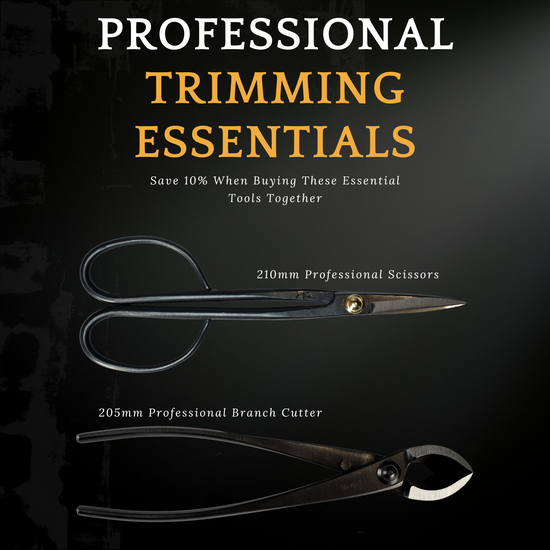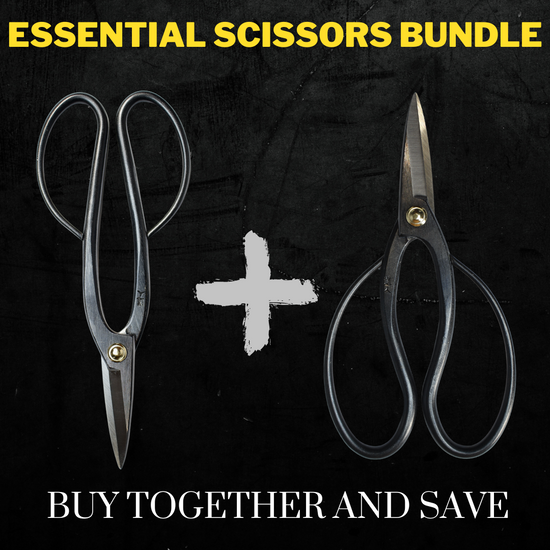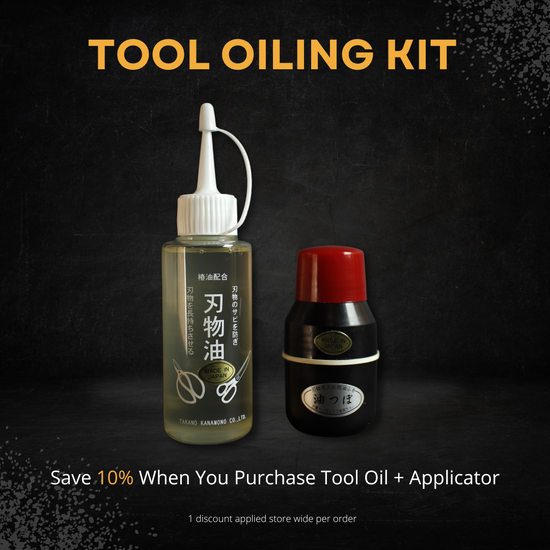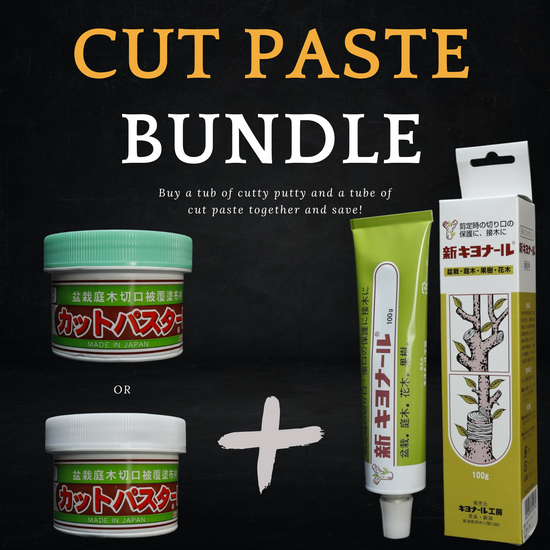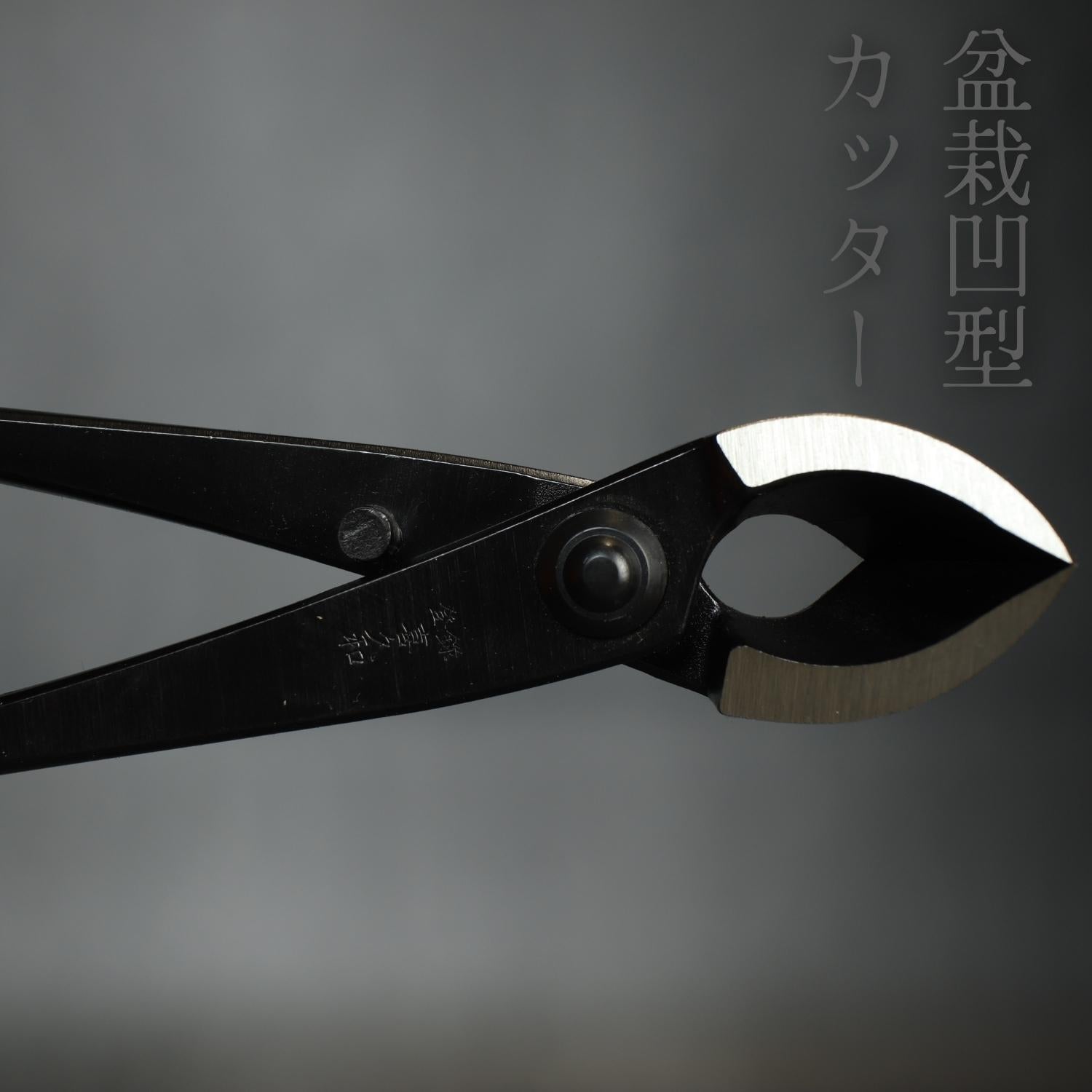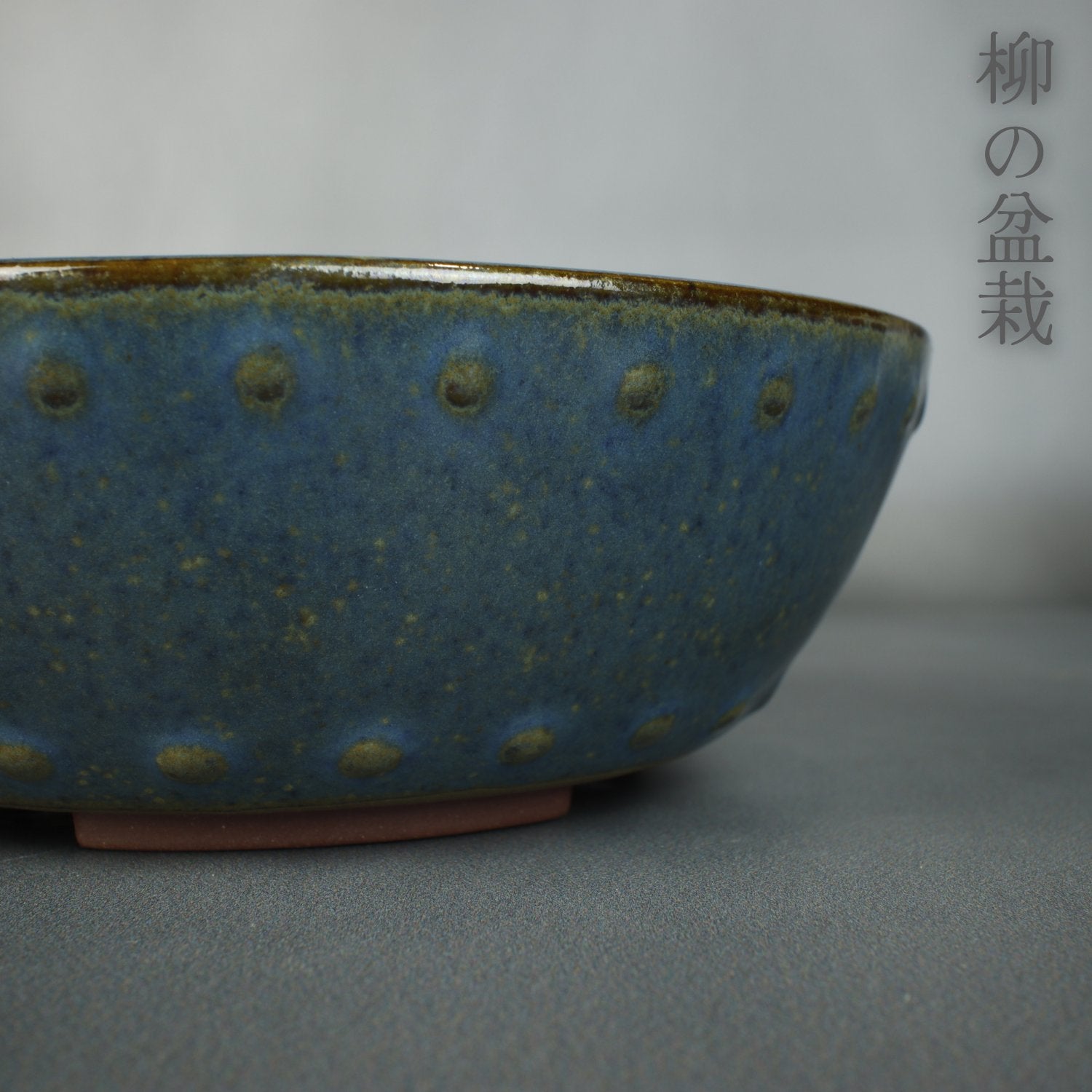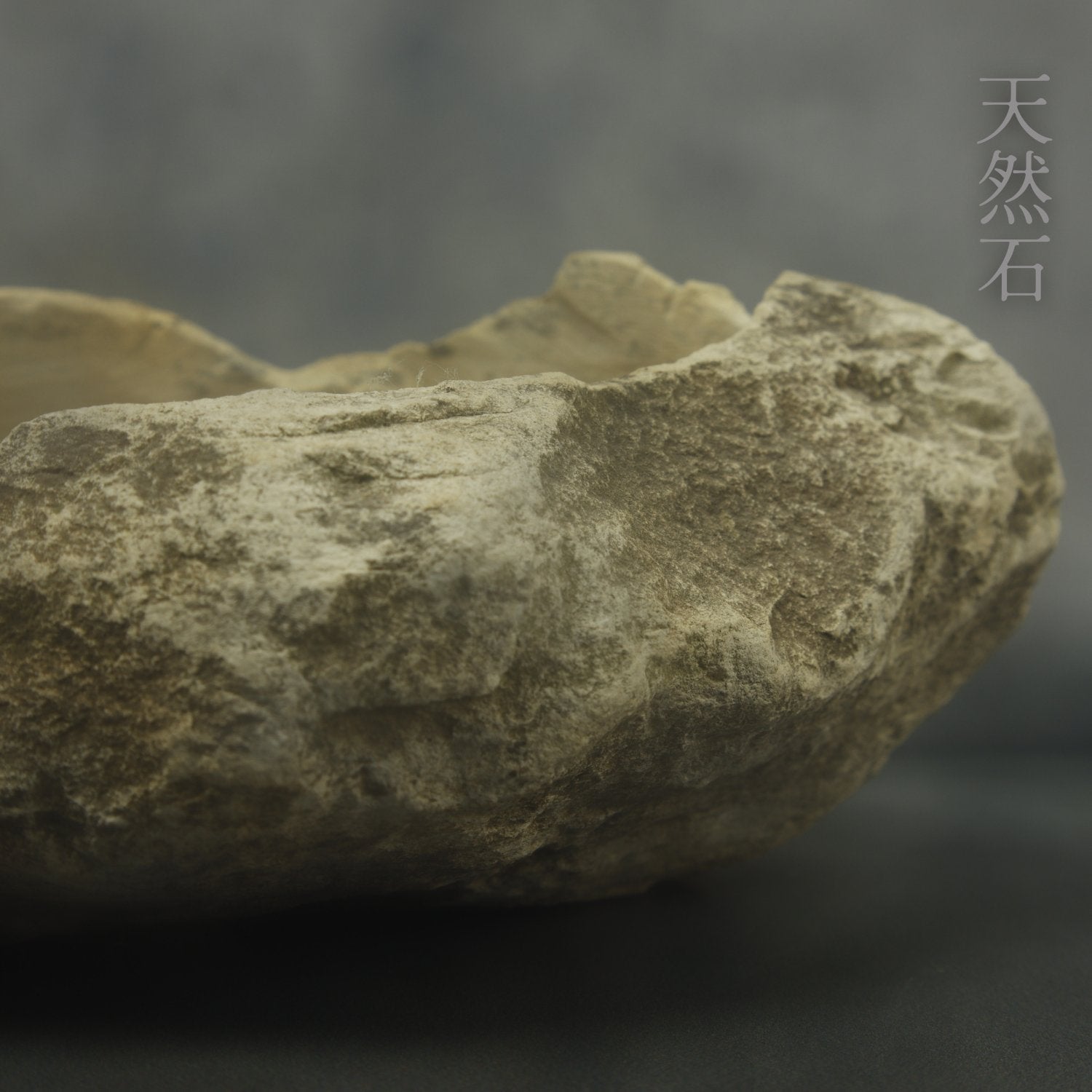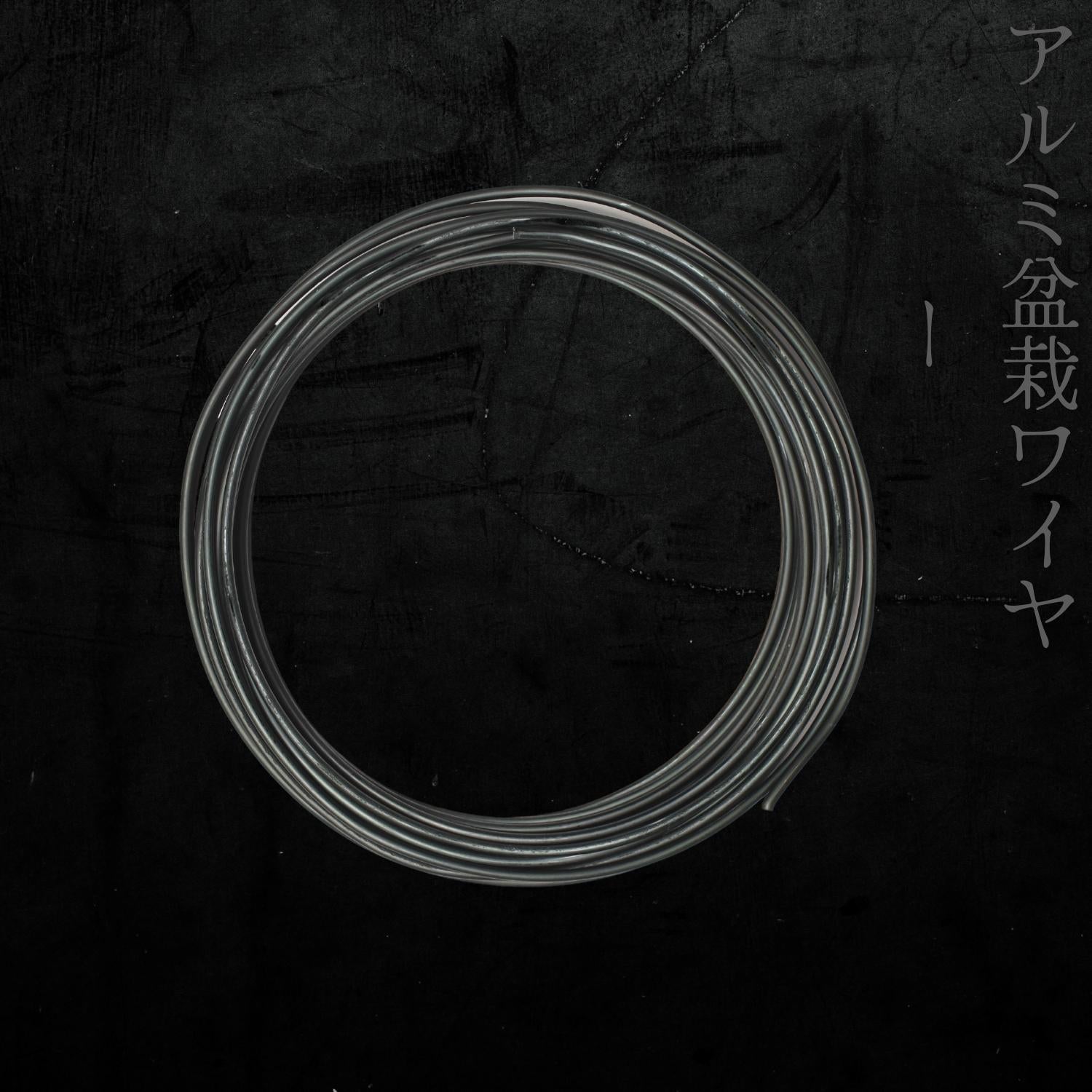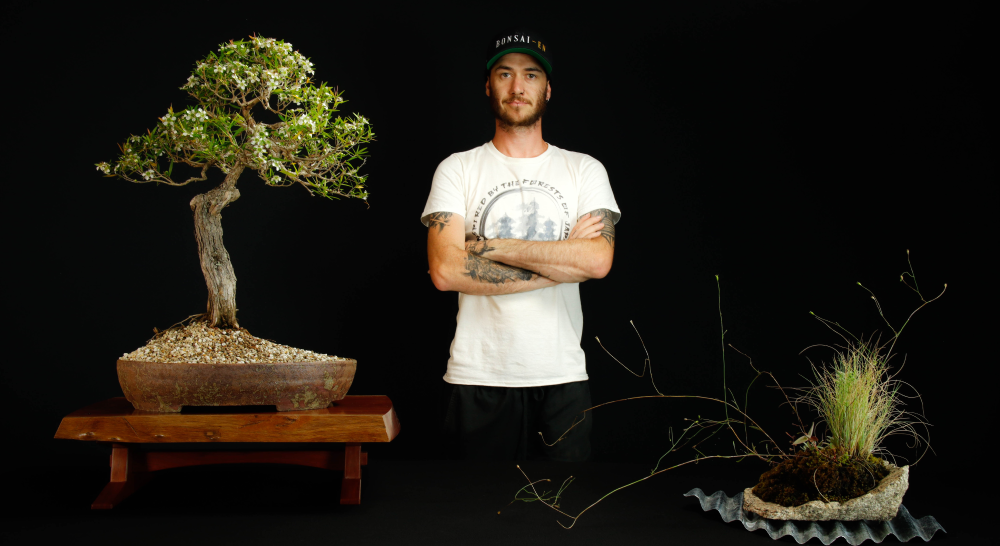The top 5 things you might not know about bonsai
When someone is new to bonsai or is looking at bonsai as an onlooker and not a participant then there can be a lot of mystery to the art. So lets take a look at some of the things you might now know about bonsai.
-
Bonsai actually started in China, Not Japan
When people think of
bonsai they instantly think of Japan, which is completely wrong because the word bonsai is the Japanese take on the art so technically bonsai is Japanese. But Technically Technically its not. Confusing right? If we look at bonsai a little more simple we can see it as a tree in a pot, The original art of planting miniature trees in pots was started in China as Penjing. Penjing consists of landscape plantings usually featuring things like figurines and planted rocks. Penjing trees are a little more natural as well normally practised with the clip and grow method which just involves pruning the tree but not actually physically shaping it.
When the Japanese took on this art they practised it slightly different and gave it a Japanese name which was Bonsai. Bonsai simply means tray planting. But when the Japanese started to style their trees they created their own techniques. This involves things like shaping trees with
bonsai wire, carving trunks, making deadwood ( jin and shari ) and they also some what created some
basic styles that we still follow to this day.
-
Bonsai isn’t a specific species of plant
Some people think that bonsai are a mutation or a specific type of plant, but in fact bonsai utilise normal tree species but it’s the techniques that are practised on them that gives them their miniature stature. Buy confining the roots to a
bonsai pot, controlling the
fertiliser and keeping the tree pruned we can slow the tree right down causing it to grow slowly. If you were to take a bonsai tree out of its bonsai pot then you would end up with a fully grown tree in many years to come. Bonsai is actually a practise rather then a particular species of tree.
-
Bonsai isn’t actually a hard practise, its just something new you have to learn.
Many people don’t want a bonsai because they think they will kill it. But bonsai isn’t actually all that difficult, it just takes some
education. Like anything if you want to get good at it you need to stick with it and practise while learning as much as you can. It does make it difficult to keep people interested when they purchase a bonsai from a big box retailer as they haven’t been given a very easy start as the tree they bought is most likely in poor health or sometimes even dead already at the time of purchase. I do suggest if you want to start bonsai try to buy trees from actually
nursery retailers, not only will you get a better cared for bonsai tree to begin with you will also likely get much better advice on how to care for your new tree.
-
Bonsai is very calming and relaxing
There are a lot of people out there who practise bonsai at all levels just to unwind from the world and take a break. Sitting in front of you little tree and trimming it back or wiring it can actually be very therapeutic for the mind. Bonsai has also helped some people with anxiety, mental health issues and even social issues. If you ever need to escape from your own thoughts sitting down in front of a bonsai can be a great way to do that and it is also very rewarding to sit back and look at your work when you are done.
-
Bonsai doesn’t have to be expensive
People always ask, Why is bonsai so expensive?. The answer is it doesn’t have to be. The trees that get media attention or reported on that sell for big dollars are often hundreds of years old and passed down through the generations. But this doesn’t mean bonsai as a hobby is actually expensive. You can start a bonsai very cheap, in fact we sell starter trees here for as low as $15 or beginner bonsai for as low as $25. As you progress through the art you might start wanting to buy larger more mature stock which will cost more or better
bonsai tools such as
bonsai scissors,
bonsai branch cutters or
bonsai wire cutters. but like anything there are expensive high quality options or cheaper options for the beginner.
I hope you have enjoyed this article on the top 5 things you might not know about bonsai. I suggest getting a little bonsai of your own and giving it a go, who knows this article might be the start of something great for you!
Until Next Time, Enjoy Your Bonsai Journey.


